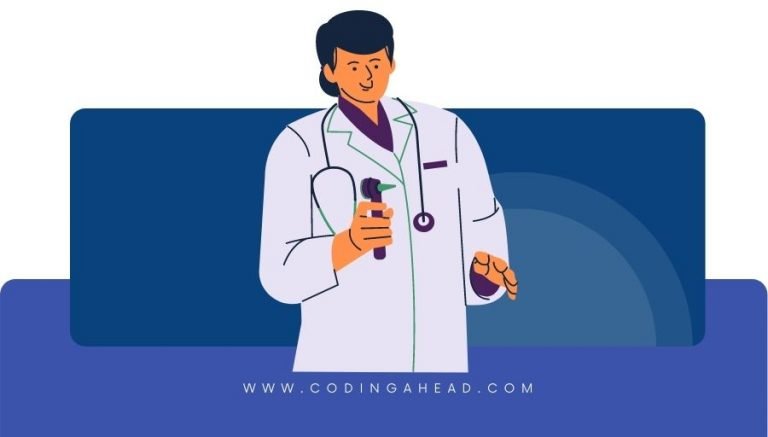How To Use CPT Code 43338
CPT 43338 describes a procedure known as esophageal lengthening, which is performed to extend a short esophagus. This article will provide an overview of CPT code 43338, including its official description, the procedure itself, qualifying circumstances, appropriate usage, documentation requirements, billing guidelines, historical information and billing examples.
1. What is CPT Code 43338?
CPT 43338 is a code used to describe the esophageal lengthening procedure. This procedure is performed by a healthcare provider during the same session as a separately reportable fundoplasty, esophagomyotomy, or paraesophageal hernia repair. It involves extending a short esophagus using techniques such as Collis gastroplasty. The purpose of this procedure is to create an extension to the esophagus, allowing for improved function and addressing conditions such as damage due to gastroesophageal reflux.
2. Official Description
The official description of CPT code 43338 is: ‘Esophageal lengthening procedure (eg, Collis gastroplasty or wedge gastroplasty) (List separately in addition to code for primary procedure).’ This code should be used in conjunction with the primary procedure code for the fundoplasty, esophagomyotomy, or repair of paraesophageal hernia.
3. Procedure
- During the same session as a primary procedure on the esophagus, the healthcare provider performs the esophageal lengthening procedure.
- The provider may use techniques such as Collis gastroplasty, which involves tapering the upper part of the stomach using a stapler and placing an esophageal cone-shaped tube or bougie to dilate the area and create a short tube that acts as an extension to the esophagus.
- The provider continues with the separately reportable primary procedure and closes the incisions once all procedures are complete.
4. Qualifying circumstances
CPT 43338 is used when the esophageal lengthening procedure is performed in conjunction with a separately reportable fundoplasty, esophagomyotomy, or repair of paraesophageal hernia. This procedure is typically performed on patients with a short esophagus, often due to conditions such as gastroesophageal reflux. It is important to note that CPT 43338 should only be reported if the primary procedure code for the fundoplasty, esophagomyotomy, or repair of paraesophageal hernia is also reported.
5. When to use CPT code 43338
CPT code 43338 should be used when the esophageal lengthening procedure is performed in conjunction with a separately reportable fundoplasty, esophagomyotomy, or repair of paraesophageal hernia. It is important to ensure that the primary procedure code is also reported to accurately reflect the services provided during the session.
6. Documentation requirements
To support a claim for CPT 43338, the healthcare provider must document the following information:
- Indication for the esophageal lengthening procedure
- Details of the primary procedure performed
- Description of the esophageal lengthening technique used, such as Collis gastroplasty
- Date of the procedure
- Any additional relevant information or findings
- Signature of the healthcare provider performing the procedure
7. Billing guidelines
When reporting CPT 43338, it is important to ensure that the primary procedure code for the fundoplasty, esophagomyotomy, or repair of paraesophageal hernia is also reported. This is an add-on code, meaning it should not be reported without the appropriate primary code. Payers will not reimburse for CPT 43338 if it is reported without the primary procedure code. It is important to review payer guidelines and follow any specific requirements for reporting this code.
8. Historical information
CPT 43338 was added to the Current Procedural Terminology system on January 1, 2011. It has not undergone any updates since its addition. Additionally, it was added to the Inpatient Only (IPO) list for Medicare in 2017.
9. Examples
- A healthcare provider performs a fundoplasty and esophageal lengthening procedure during the same session to address gastroesophageal reflux in a patient.
- During a surgical procedure, a provider performs an esophagomyotomy and extends the short esophagus using Collis gastroplasty.
- A patient undergoes a repair of a paraesophageal hernia, and the provider also performs an esophageal lengthening procedure to address the short esophagus.
- As part of a comprehensive treatment plan, a healthcare provider performs a fundoplasty and extends the short esophagus using wedge gastroplasty.
- During a surgical procedure, a provider performs an esophagomyotomy and extends the short esophagus using a stapler technique.


